Driven by a passion for journeys to perfumed lands, the Officine is delighted to announce the addition of four scents - from a bygone collection - to its permanent collection. The Officine is thus perpetuating a studious but enthusiastic venture: imagining a true library of scents with universal character.
Beyond the visual shock, the first thing that strikes the traveller who arrives in a faraway land is the intricate and fascinating scent that floats through the air, that scent of unknown spices or bougainvillea flowers, damp earth, tree and plant sap or heady incense, mystical fumes or the aromas of dishes ready to be discovered...
With its four new unique scents, the Officine Universelle Buly takes us on a journey to the end of the world, starting from right in the middle of the Mediterranean with the Maltese Iris to then navigate the sea towards Lebanese Cedar before crossing the Suez Canal down towards the Red Sea with Eritrean Myrrh, before ending the journey south to the Indian Ocean with Madagascar Amber.
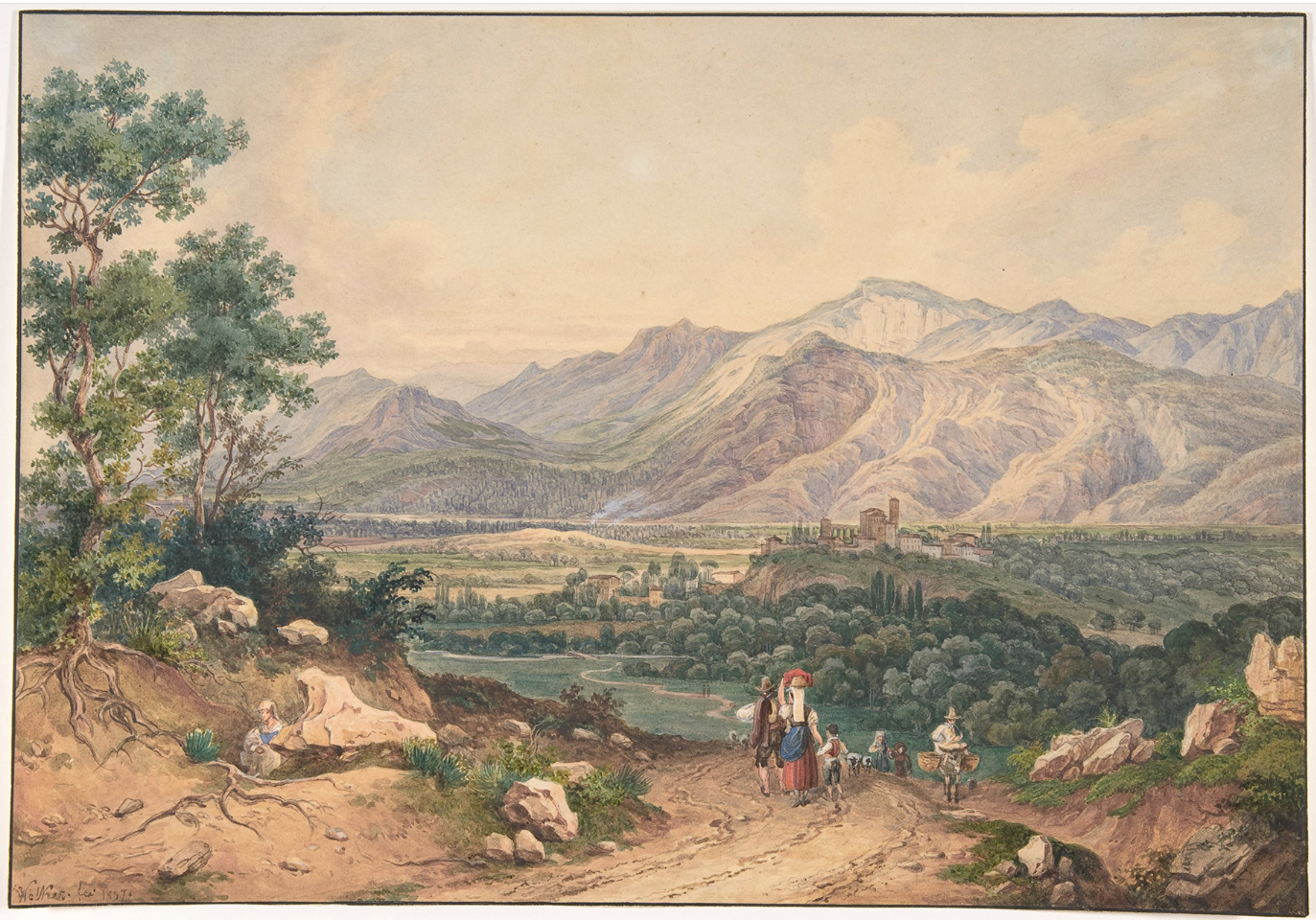
On the trail of a writer, Alphonse de Lamartine
A fusion of cedarwood, sandalwood and vetiver, Lebanese Cedar,the new perfume of the Officine is the perfect marriage of absolute woodiness. Like a ray of sunshine over a forest, this scent - available in the form ofEau Triple, Lait Virginal, Huile Antique and Savon Superfin - is illuminated by the lemony light of verbena and orange blossom, spiced with peppery pink berries. The scent gives off the impression of the sacredness that grips the heights of Mount Lebanon, an impression that inspired the writer Alphonse de Lamartine to write these fervent lines in his “Travels in the East”: “The cedars of Lebanon are the relics of centuries and of nature, the most famous natural monuments in the universe.
They know the history of the earth better than history itself.” Member of the Académie Française and humanist politician, Lamartine was fascinated by the Orient like his contemporaries Chateaubriand and Théophile Gaultier. So, in September 1932, this master of the French Romantic movement left for Lebanon with his entire family, fourteen horses, his servants and a library of 500 volumes, in the hope that the climate would cure the tuberculosis of his ten-year old daughter Julia. When he settled in Beirut, on the hill of Achrafieh, he wrote: “I have opened the shutter of cedar-wood, the solebarrierof thechamberinwhichwe sleep in this beautiful climate. I have cast my first look upon the sea, and upon the glitteringline of coasts which stretches from Beirutas far as Cape Batroun, halfway to Tripolis...”. Julia passed away just two months after they moved there, but Lamartine stayed to discover Lebanon, across which he travelled in a mystical way. He visited the Qadisha valley and then climbed towards the forest of the Cedars of God (“HorshArzel-Rab”), which has stood on Mount Lebanon to the east of the village of Bcharré for several thousands of years. Celebrated for their perfume and their resistance - it is said that King Solomon used them to build his ships and his temple - these Cedars of God (one of which has been christened “Lamartine's Cedar”) inspired the poet to write these lines in 1838 in “The Fall of an Angel”: “The saints, the poets, the wise men / Will listen in our foliage / To sounds like great waters, / And under our prophetic shadows / Will form their most beautiful hymns / From the murmurings of our boughs.”
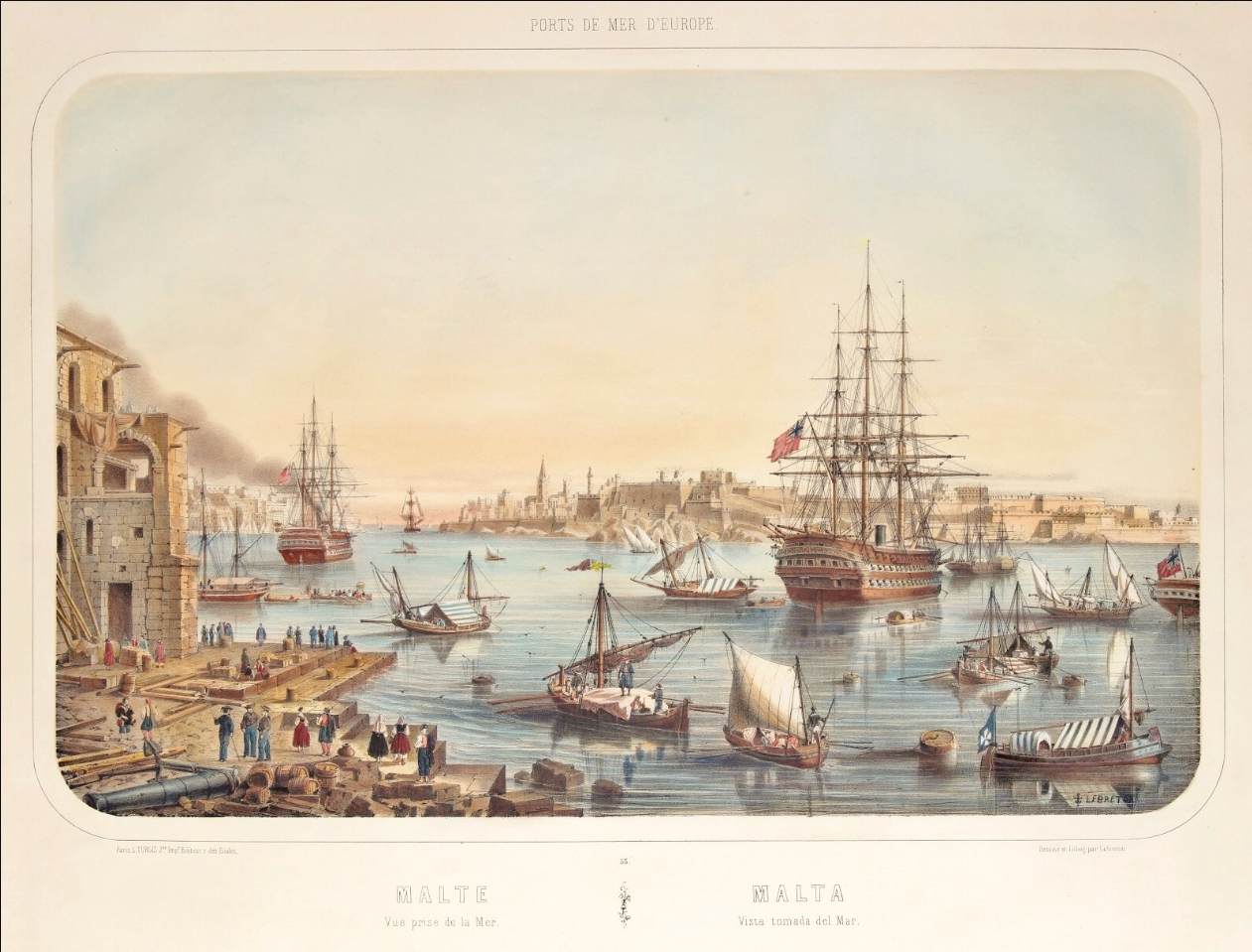
On the trail of a storyteller, Hans Christian Andersen
Right in the heart of the Mediterranean, south of Sicily, the Maltese archipelago has been a jewel coveted by a myriad of countries and powers, the list of which has grown almost absurdly over the millennia: the Phoenicians, the Carthaginians, the Byzantine Empire, the Aghlabids, the Normans, the Sicilians, the French and then the British have all tried to permanently raise their flag at the top of its foothills. Available in the form of Eau Triple, Lait Virginal, Huile Antique, and Savon Superfin, the new perfume of the Officine Maltese Iris, conceals treasures that could have stemmed from all these passing cultures. Citronella and orange blossom, the citrus scents of the Italian and French courts, mingle with incense and patchouli from the Orient of the Thousand and One Nights, all crowned with royal iris. Cultivated in Tuscany and Morocco, the iris has a delicate, slightly woody scent of a powdery violet, and an intrinsic rarity that is as precious as it is expensive. It is impossible to forget this powerful fragrance.
Just like the Danish writer Hans Christian Andersen, one of the greatest travellers of his time, could never forget his first sight of the island of Malta on 17 March 1841, the culmination of a long journey from Italy to Constantinople via Greece. It was the middle of the night when the French liner Leonidas, on which he was travelling, arrived in the Grand Harbour of Malta, enthroned by an immense crescent moon, amidst a great mineral silence. The brightness of the stars, Venus in particular, appeared so intense that it seemed to cast shadows on objects. It was in this enchanting atmosphere that Andersen entered the city, taking an immense staircase that ran from the port to the upper city, through the streets of Valletta. The next day, he was fascinated by a splendid garden with lush vegetation: that of San Anton Palace, overlooking the ocean and contrasting with the arid nature of the island. This intense memory of Malta never left the author of The Little Mermaid, even though he stayed on this captivating island for only a single day.
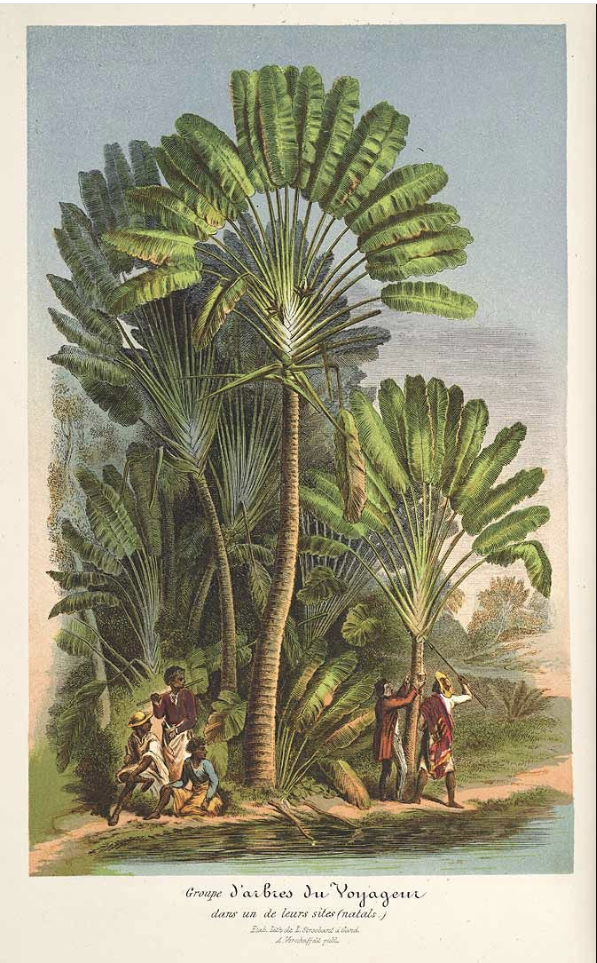
On the trail of a botanist, André Michaux
A mysterious stone born from the entrails of sperm whales, ambergris drifts and sails across the oceans until it washes up on the deserted beaches of Madagascar. As light as it is precious, amber conceals a warm, luxuriant and mysterious scent beneath its austere exterior. You have to “perceive” the extravagant beauty of its fragrance beneath its pumice-like appearance. Available in the form of Eau Triple, Lait Virginal, Huile Antique and Savon Superfin, Madagascar Amber de Madagascar of the Officine Universelle Buly combines this enigmatic, warm and animal fragrance, with the power of jasmine, always harvested in the morning away from the sun, with the wild sensuality of magnolia, an ephemeral white flower, and mandarin, queen of citrus fruits.
Like ambergris, it was on the eastern shores of the Red Island, lying between the equator and the Tropic of Capricorn, that the botanist André Michaux settled after a long journey, that of a lifetime. After learning botany at the Jardin du Roi in Versailles, in 1779, he left for his first missions to England and then Persia, from where he returned after three years, having paid no attention to the revolution that shook the country, but bringing back hundreds of seeds for the Jardin des Plantes and an impressive herbarium.
Appointed royal botanist by Louis XVI, in 1785 he set off to travel across North America with his son, from Florida to Hudson Bay and from the Atlantic coast to the Mississippi, where he made major discoveries, set up an acclimatisation garden in Charleston and sent tens of thousands of American plants for the new parc in Rambouillet.
His last journey was to Madagascar in 1802, where he studied the flora at Isatrana, near Tamatave. There, in a garden, he acclimatised many species of plants brought back from the Mascarenes, the penultimate stage of his journey: mango, guava, avocado, litchi, Japanese medlar, arabica coffee shrub... These useful plants have changed the daily lives of the island's inhabitants for the better - a first in the turbulent history of Madagascar. Michaux passes away in Isatrana a few months after his arrival in this botanical paradise where the unique landscapes of primary forest, savannahs and thorn bushes, mountains, fine sandy beaches, cliffs or avenues of baobabs. We dream that he took his last breath under the immense spectacular yellow and green fan of the “Traveler’s Palm” (Ravenala madagascariensis) as a tribute to his life, to his vocation.
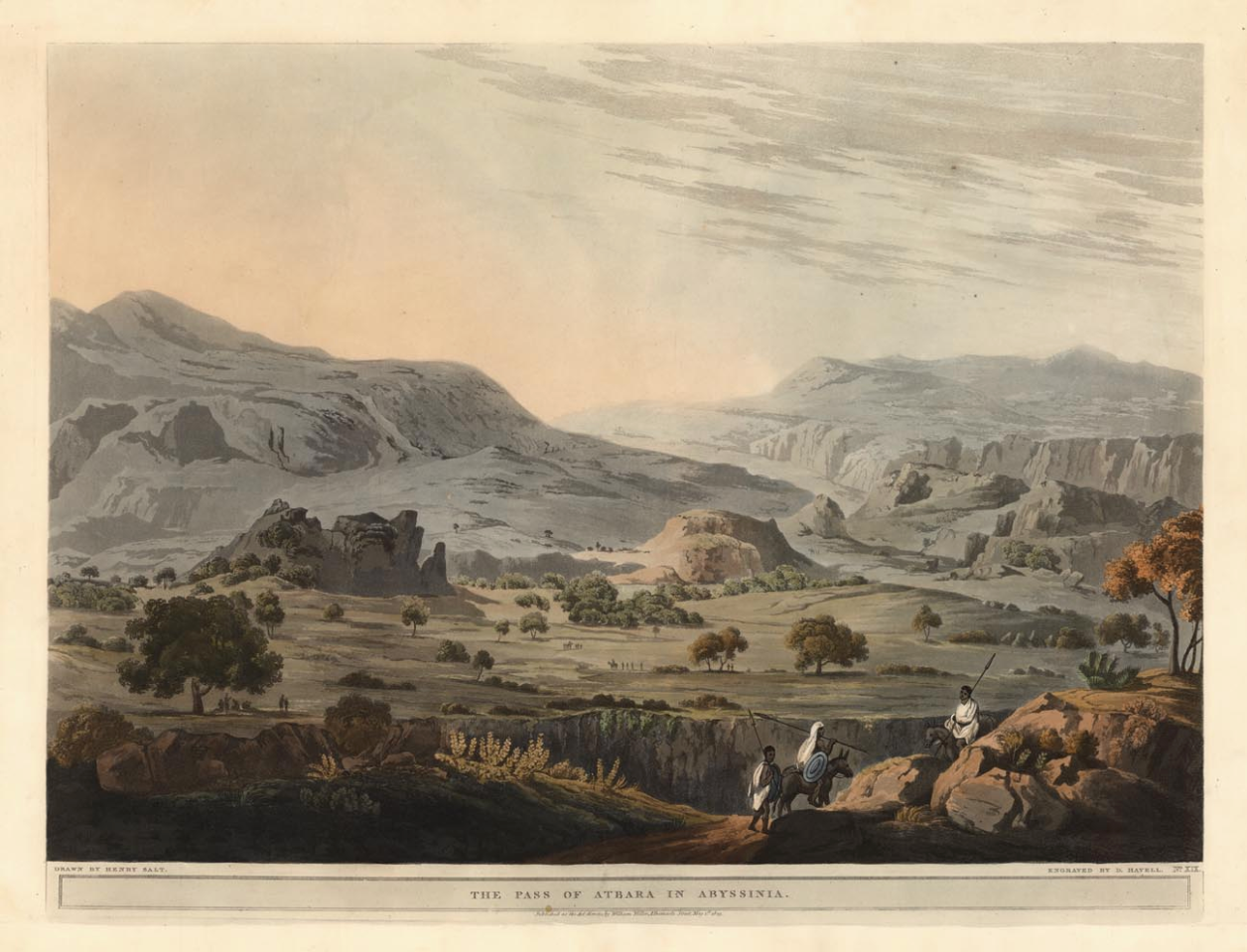
On the trail of a poet, Arthur Rimbaud
Celebrated in the Song of Songs, myrrh is a precious aromatic resin that flows from the bark of a small, gnarled tree bristling with thorns, the balsam tree native to the Horn of Africa. With its amber scent reminiscent of lemon and rosemary, the Eritrean Myrrh perfume is a symbol of oriental mysticism with warm and sweet notes, to which the Officine has blended an armful of sensual, romantic flowers: imperial tuberose, magnolia, jasmine and rose. This new perfume is available in the form of Eau Triple, Lait Virginal, Huile Antique, and Savon Superfin, like so many caresses on the skin. Devoted to Aphrodite and therefore to love, legend has it that the myrrh tree gave birth to the most beautiful of humans, Adonis, with whom the goddess fell madly in love. A divine resin, it is extracted particularly from Abyssinia, the former kingdom of the Queen of Sheba, now divided between Ethiopia and Eritrea.
During the summer of 1880, in a quest for the absolute in his travels, the poet Arthur Rimbaud sailed along the Red Sea and the Dahlak Islands, calling at the port of Massawa in Eritrea. He disembarked on 7 August 1880, and we can imagine him remembering the lines he had written in his poem Farewell seven years earlier: “And at dawn,/ armed with glowing patience,/ we will enter the cities of glory.” A gateway between Africa, Asia and the West, Massawa has seen the passage of every culture that came here in search of myrrh, gold, precious woods and spices, from ancient Egypt, to the Ottoman Empire, the Italians and the Greeks: all the Mediterranean peoples came here to trade. Situated on a volcanic ridge, the region has also seduced Rimbaud with its extreme volatility: earthquakes and volcanoes often remind people of their vulnerability, and the exuberant flora and fauna (gazelles, birds, sycamores and mangroves) leave the traveller hypnotised. Before entering the Ethiopian interior at Harar, and then sailing to the port of Aden in Yemen, Arthur Rimbaud was no doubt able to indulge his passion for this flamboyant elsewhere in Massawa, as he had written in a premonitory way in A Season in Hell (1873): “I loved the desert, burnt orchards, tired old shops, warm drinks. I dragged myself through stinking alleys, and with my eyes closed I offered to the sun. the god of fire.”
In the 19th century, there were almost as many journeys as there were travellers... From 1800 onwards, the elite continued to send their children on a “Grand Tour” to Italy or France to learn about beauty in the greatest museums. Pilgrims visited holy places. Scientific journeys organised as major explorations by sea and land flourished and inspired literature, notably Jules Verne, who imagined expeditions that were as extraordinary as they were futuristic. Historians and archaeologists travelled the world from the ruins of Rome to the Middle East.
Health trips made mountain stays popular. Naturalists moved away from the city or country to expand their herbarium. Adventurous writers pushed further the frontiers of their imagination to grapple with the realities of other places and turn them into travel stories, an eminently popular genre. How could one travel? Road travel was not recommended, but often compulsory. Boats provided an excellent alternative. A new invention, railways developed throughout the century, fostering the emergence of an animal as extraordinary as it was painful, the tourist, whose vocation was summed up by the writer Gilbert K. Chesterton in 1936: “The traveller sees what he sees, the tourist sees what he has come to see.” Travel really took off in the 19th century, triggering movements of people and ideas in a new atmosphere of modernity and, above all, freedom.
“We find after years of struggle that we do not take a trip; a trip takes us. (…) Who has not known a journey to be over and dead before the traveler returns? The inverse is also true: many a trip continues long after movement in time and space have ceased.”
12 VEGETABLES TRANSFORMED INTO GARDEN SCENTS
58 BEAUTY ACCESSORIES FOR FACE AND BODY CARE
59 OFFICINES ACROSS THE WORLD
51 BENEFICIAL/CURATIVE PLANT OILS
132 ACETATE COMBS TO COLLECT
6 BEAUTY SETS TO GIFT
276 MONOGRAMS TO ENGRAVE ON YOUR SAVON SUPERFIN
3 SALTS TO PERFUME YOUR BATH 15 INCENSE & WOOD TO BURN
8 HOME FRAGRANCES
AN INFINITE NUMBER OF WAYS TO WRAP AS BEAUTIFUL AS YOUR GIFTS AND THE RECIPIENT'S INITIALS
1 AND ONLY OFFICINE UNIVERSELLE BULY

We will send you an email to reset your password
An error occured adding item to your bag.
Your cart is currently empty
Upon request, your purchases are wrapped in a printed paper reproducing an old newspaper or slipped into an elegant, green-marbled gift pochette, as an homage to the creation and history of the Officine Universelle Buly.
The Exceptional origata gift wrapWHETHER FLORAL, STRIPED OR CHECKERED, AND ALWAYS HIGHLY CHROMATIC, THESE JAPANESE PAPERS ARE INSPIRED BY THE MOTIFS RESERVED FOR KIMONOS AND ARE FOLDED ACCORDING TO THE HIGHLY CODIFIED ART OF ORIGATA.
Monogram gift wrapThe initials of the fortunate recipient are embossed on the elegantly textured gift paper. Gilded in the old-fashioned style, the initials are then highlighted with a velvet ribbon.
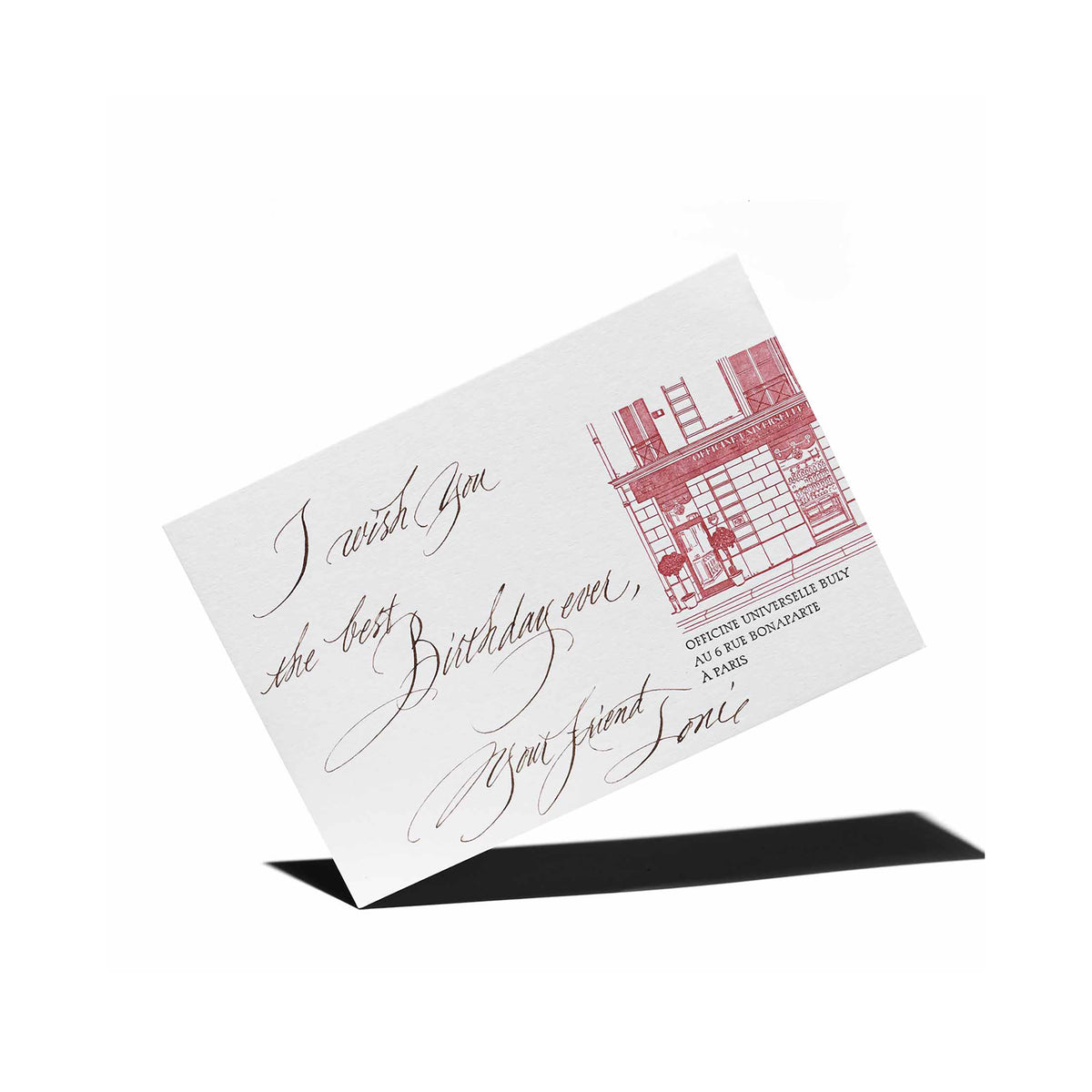
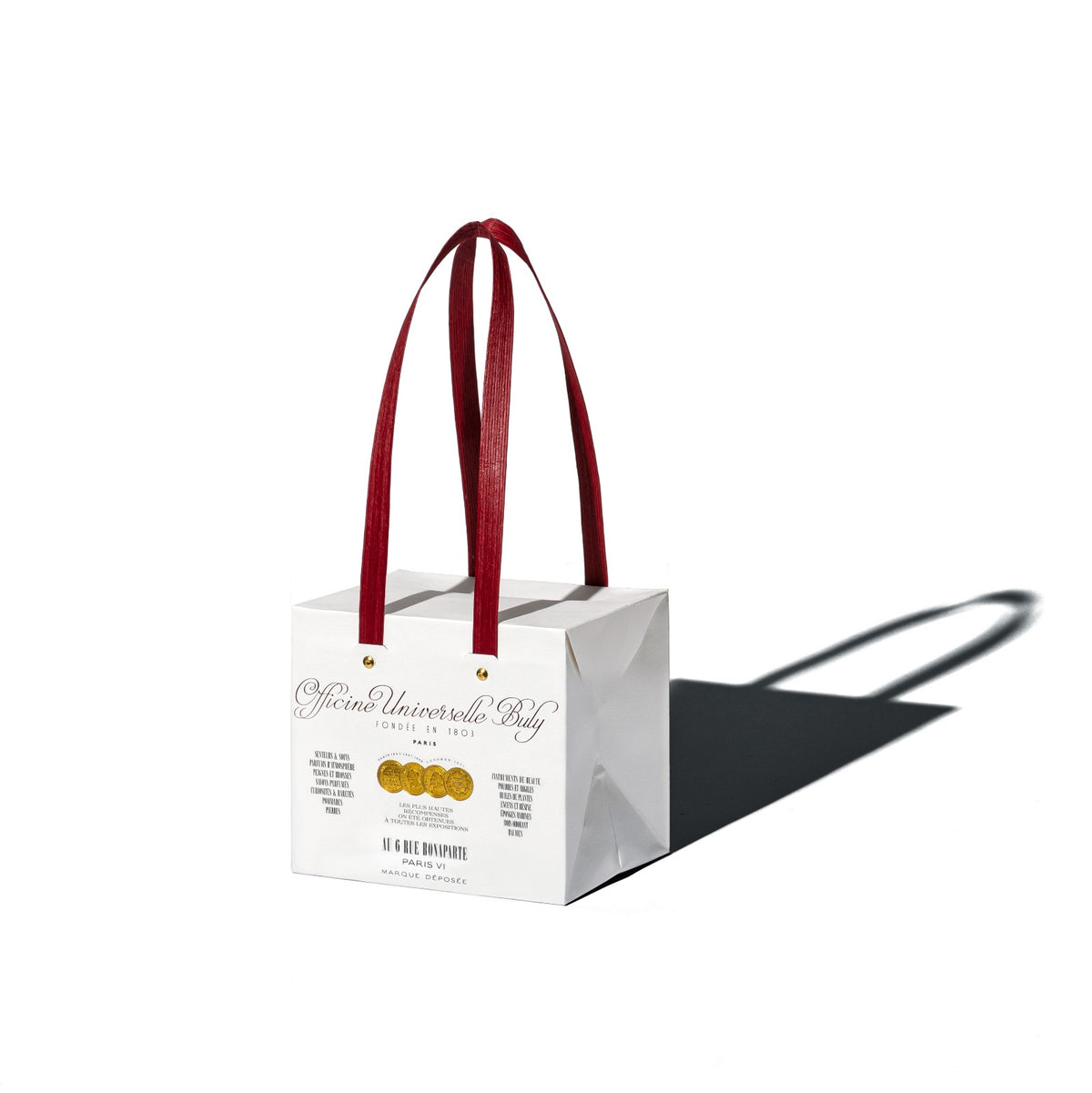
Choose the size of your bag
DEPENDING ON MY ORDER ∙ 1,67 €
XS 10X10CM ∙ 1,67 €
S 20X20CM ∙ 1,67 €
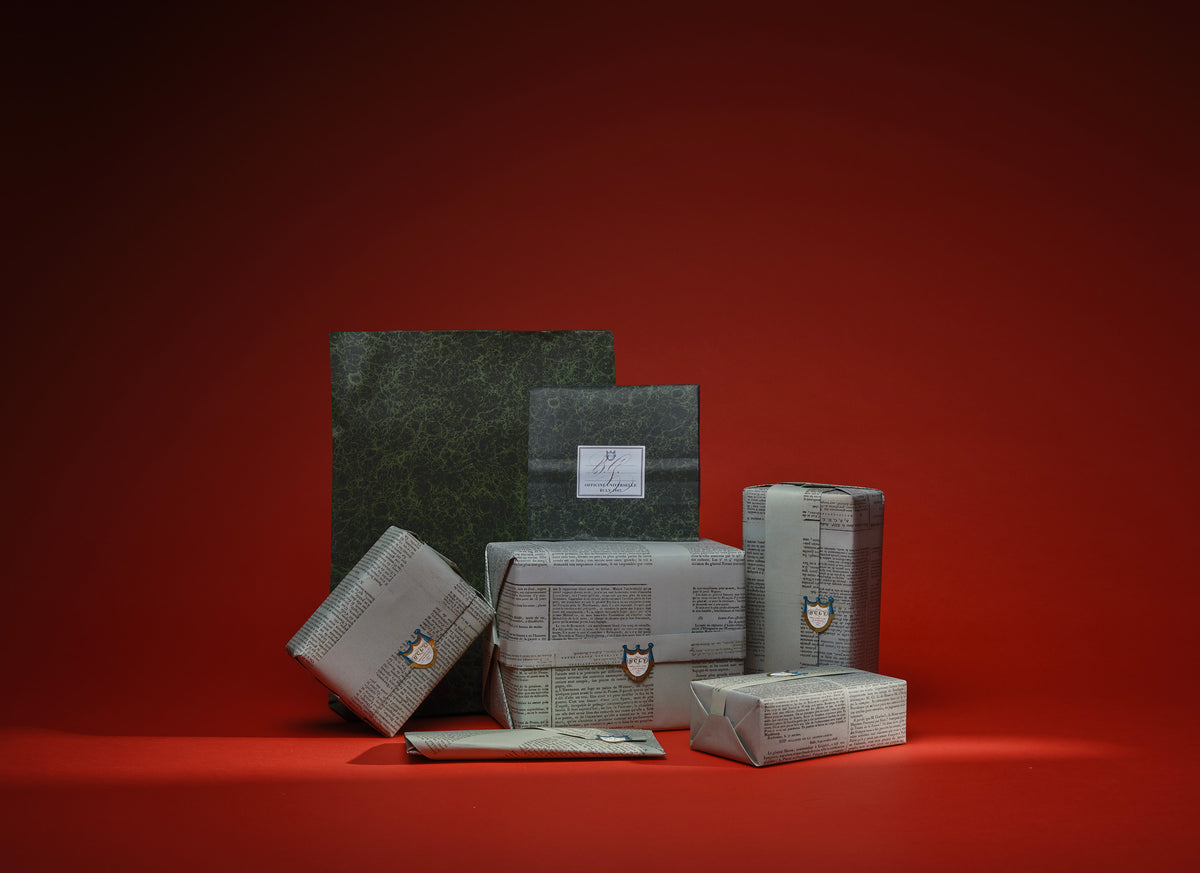
Select the products to be gift wrapped
These products are already gift-wrapped
None of the product in the cart are compatible with this service
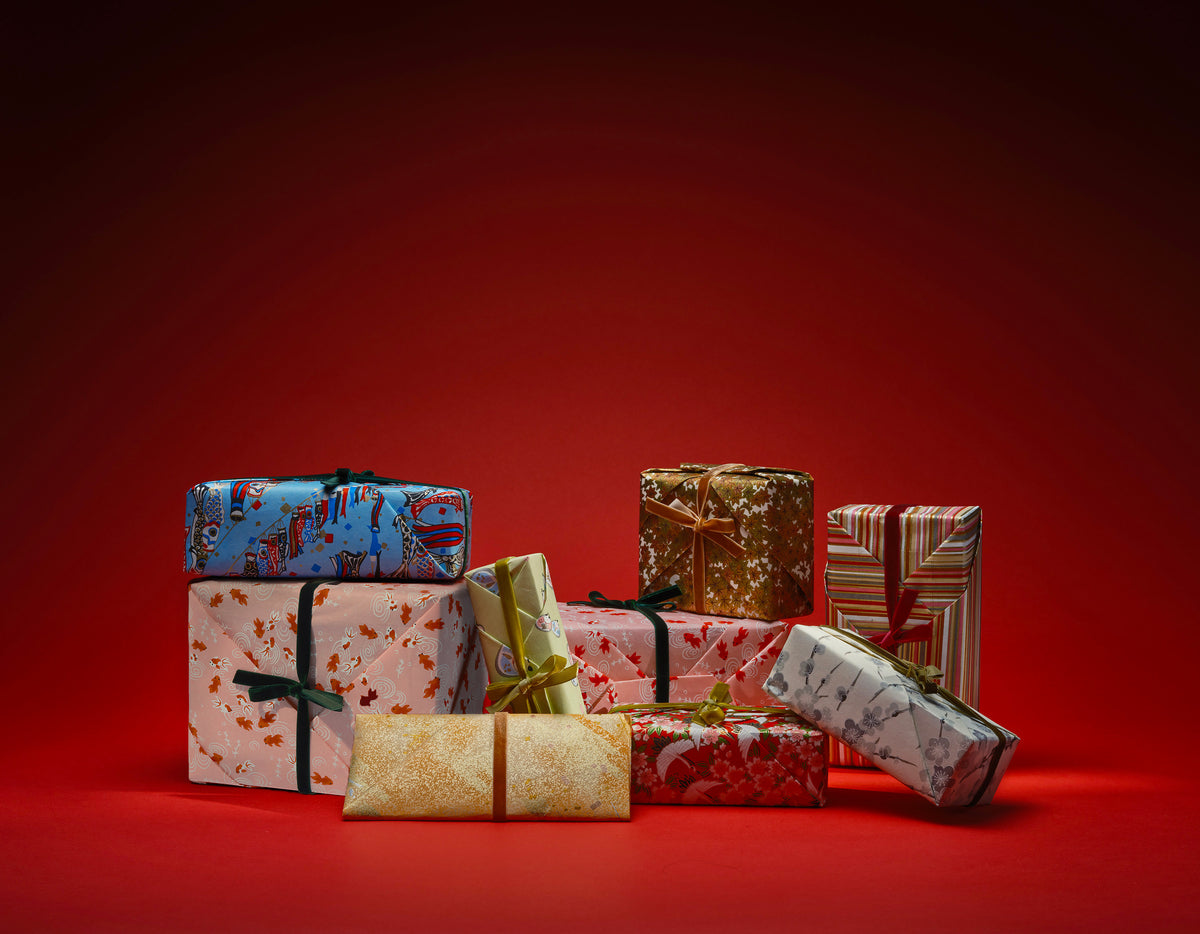
Select the products to be gift wrapped
These products are already gift-wrapped
None of the product in the cart are compatible with this service

Select the products to be gift wrapped
These products are already gift-wrapped
None of the product in the cart are compatible with this service
Every request will be respected as far as possible and the possibilities are great at Officine Universelle Buly.
Quantity :
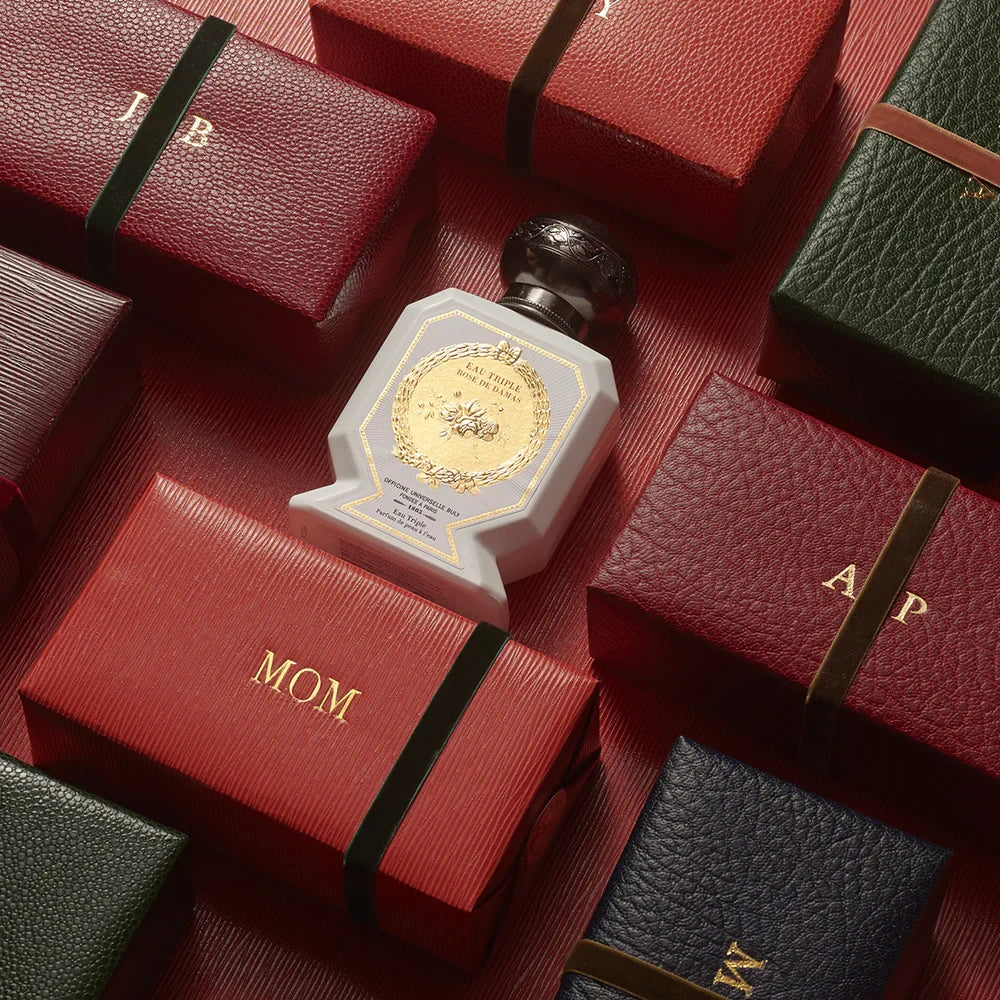
Have your initials or those of the lucky recipient engraved in the heart of your Savon Superfin.
Have your initials or those of the lucky recipient of your gift engraved on the accessory
Have your initials or those of the lucky recipient of this gift engraved on the kit, the balm, the comb and on the toothbrush
Our bottles, candles and incenses are carefully packaged with handwritten calligraphy labels.
Our master calligrapher, armed with a quill and ancient ink pads, will create a wonderful bookplate on the title page.
We mail your calligraphic message directly to your recipient.
However, it seems that you are in Japan, would you like to switch to our Japanese website based in Tokyo?
Visit our Store